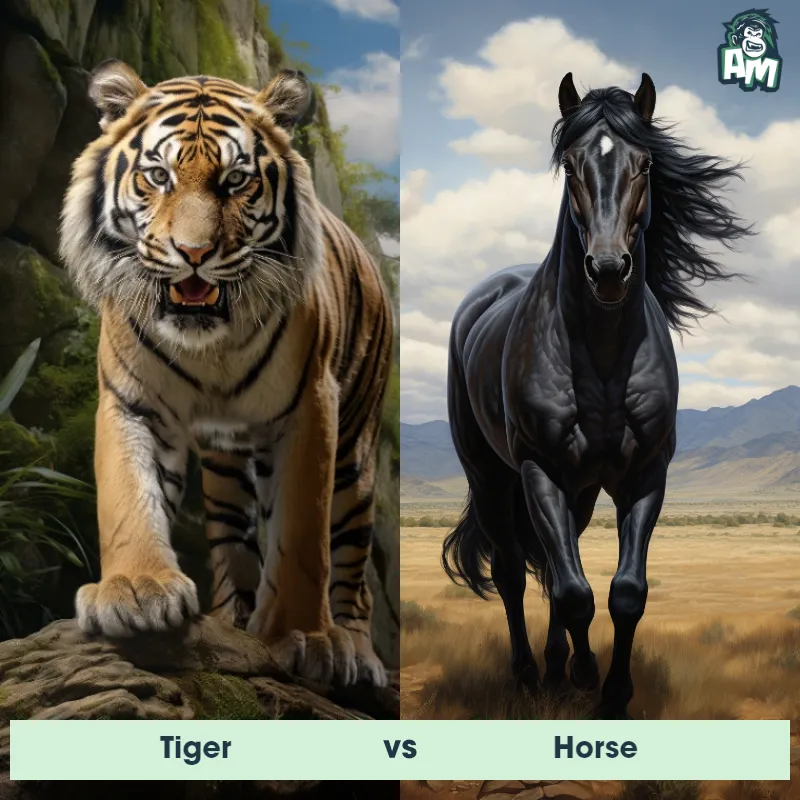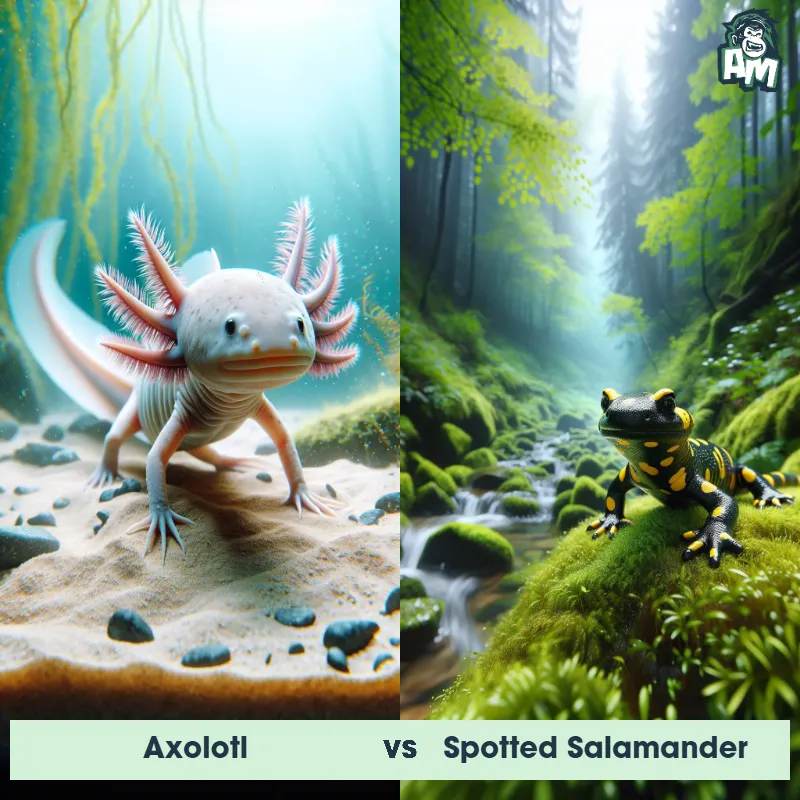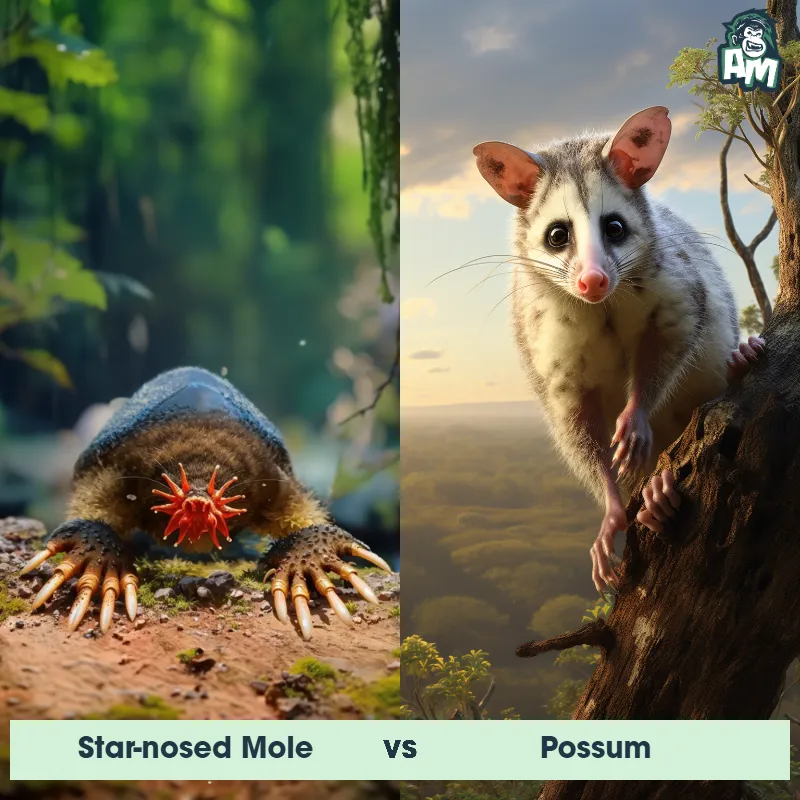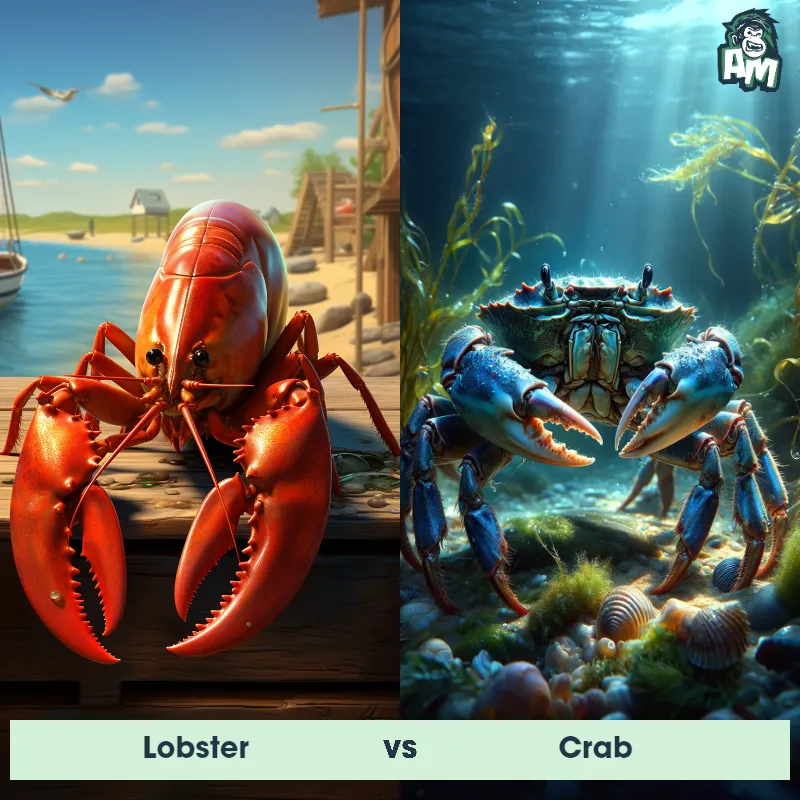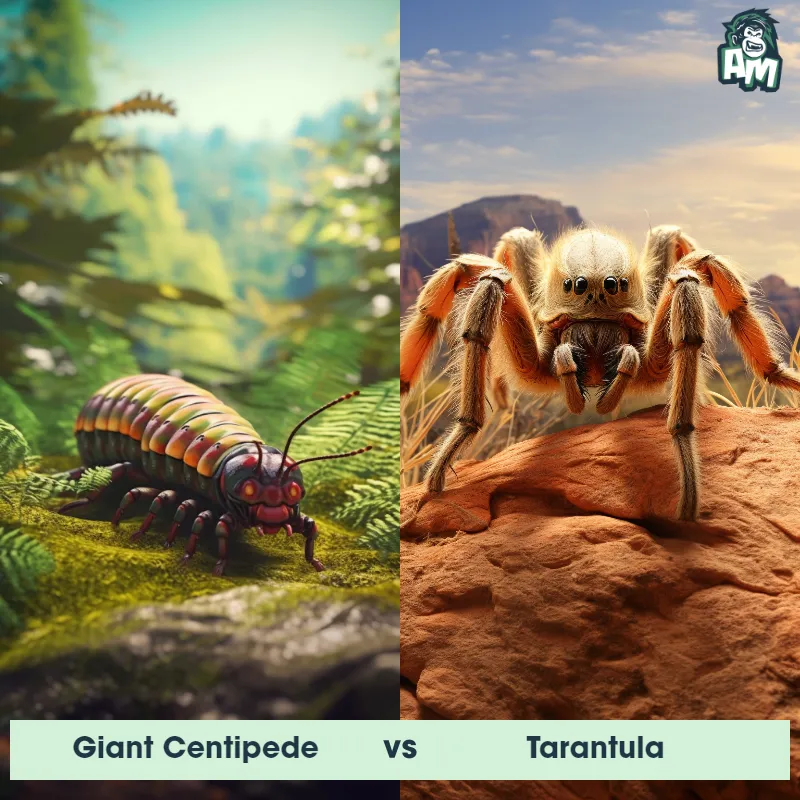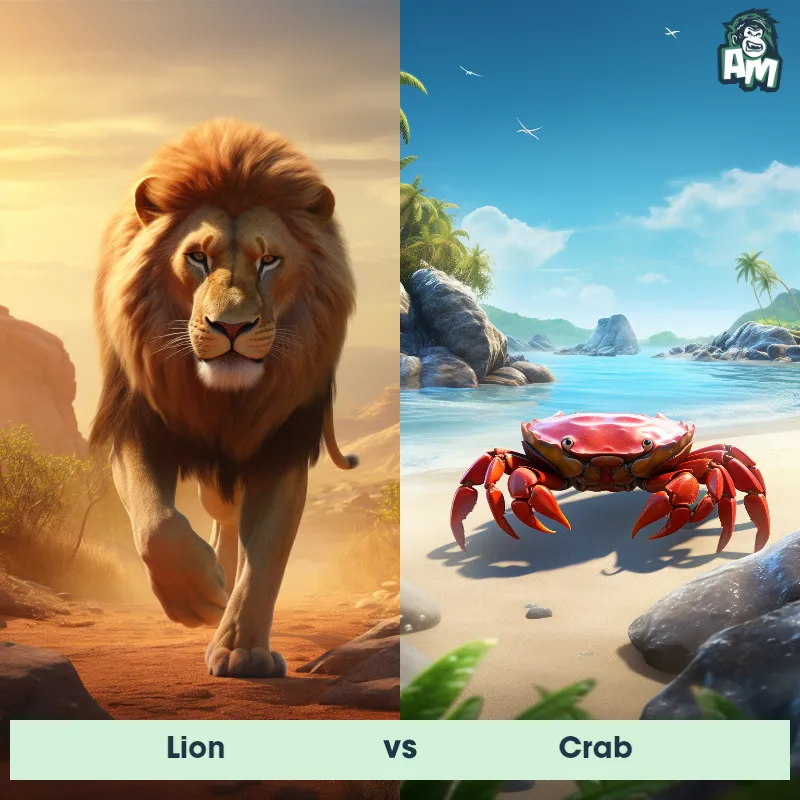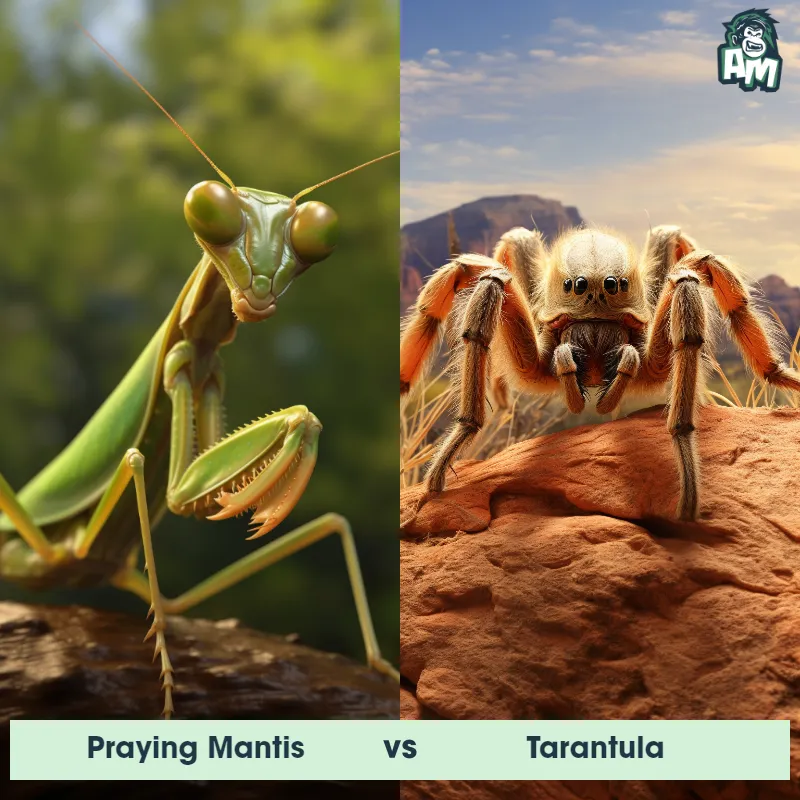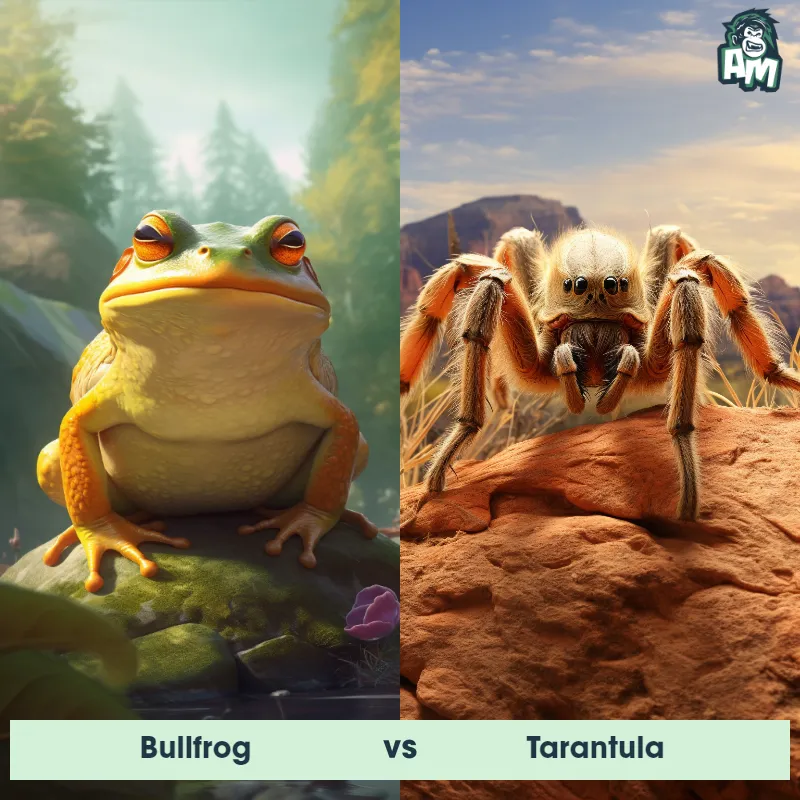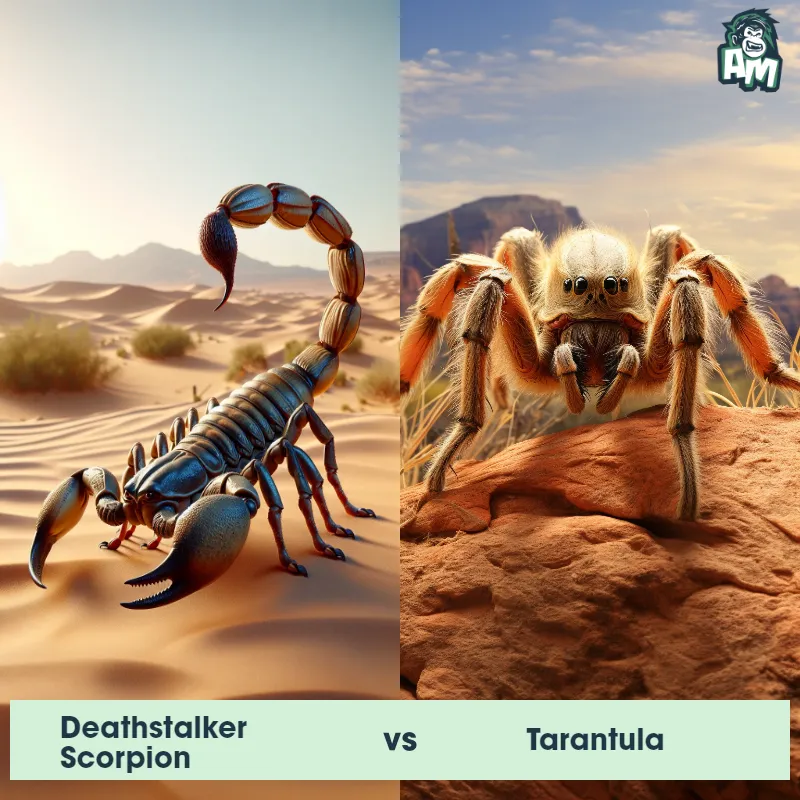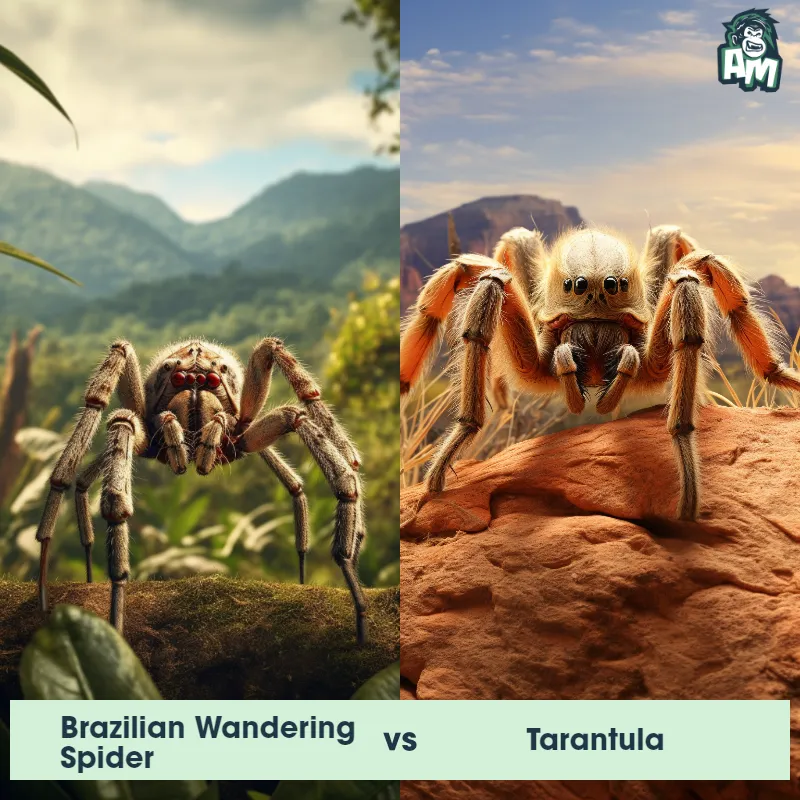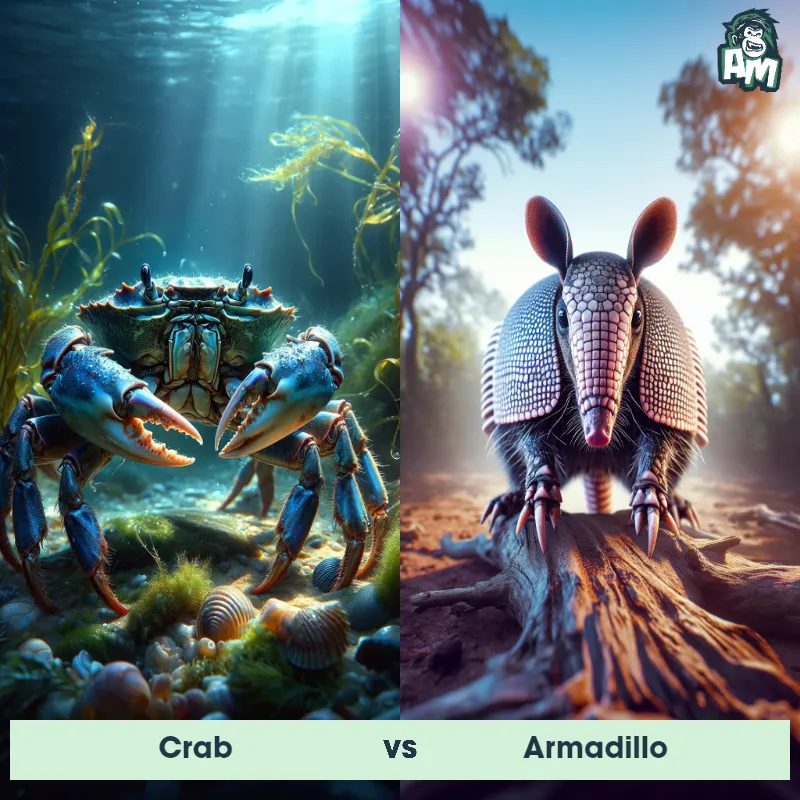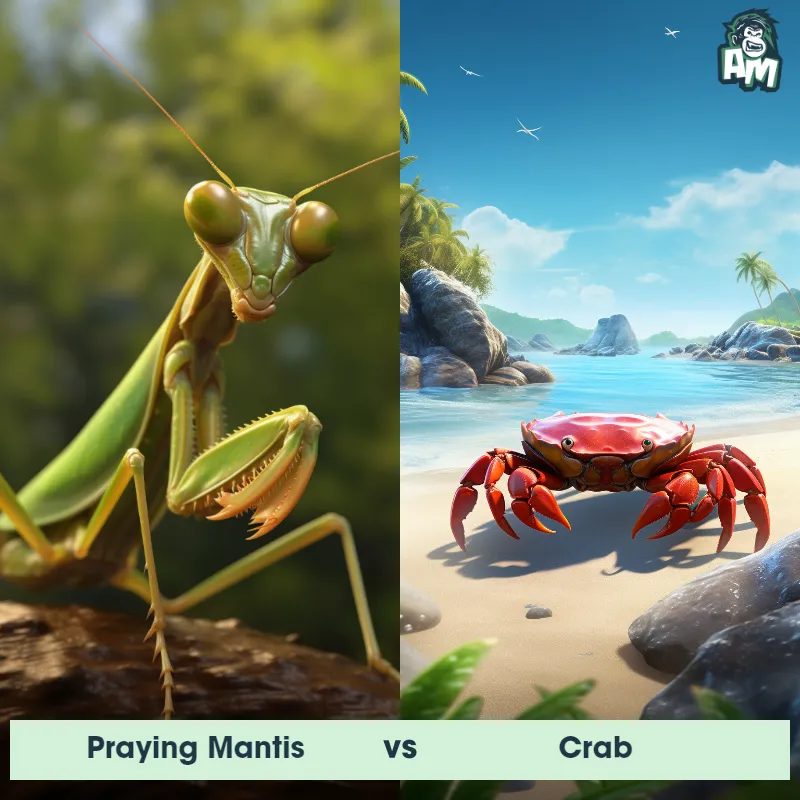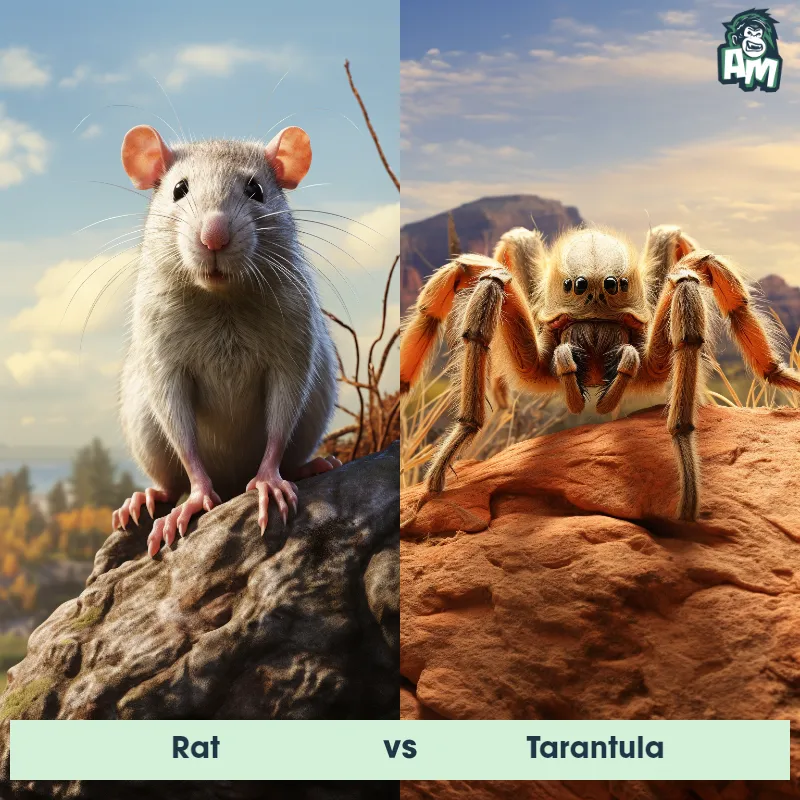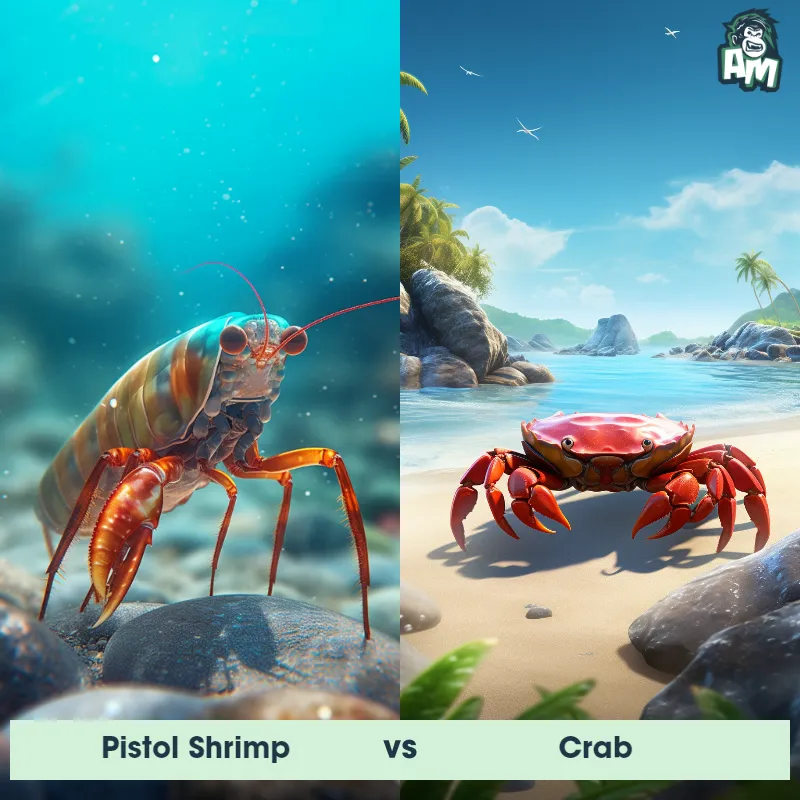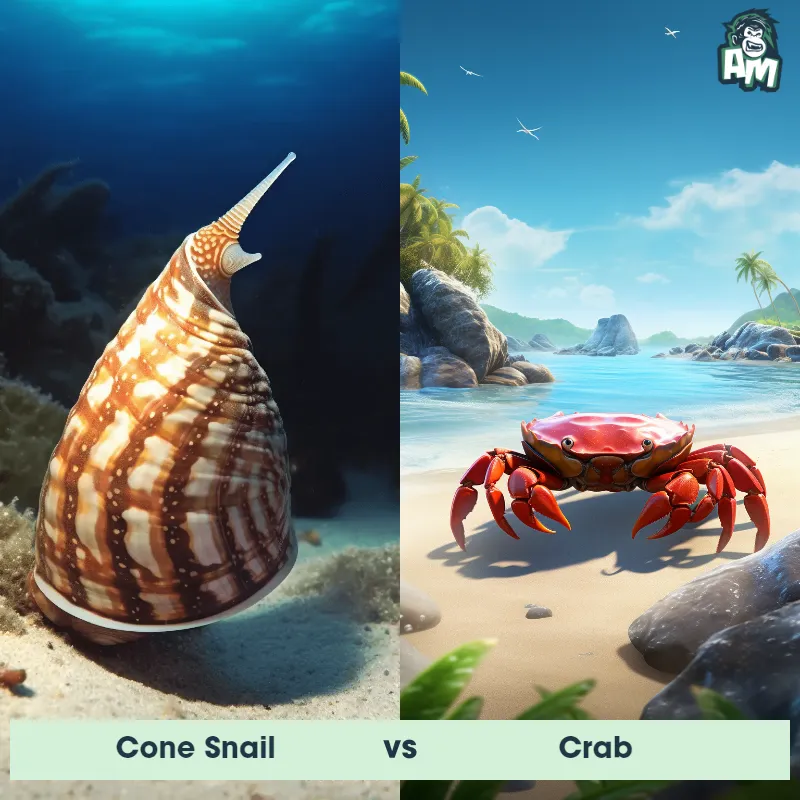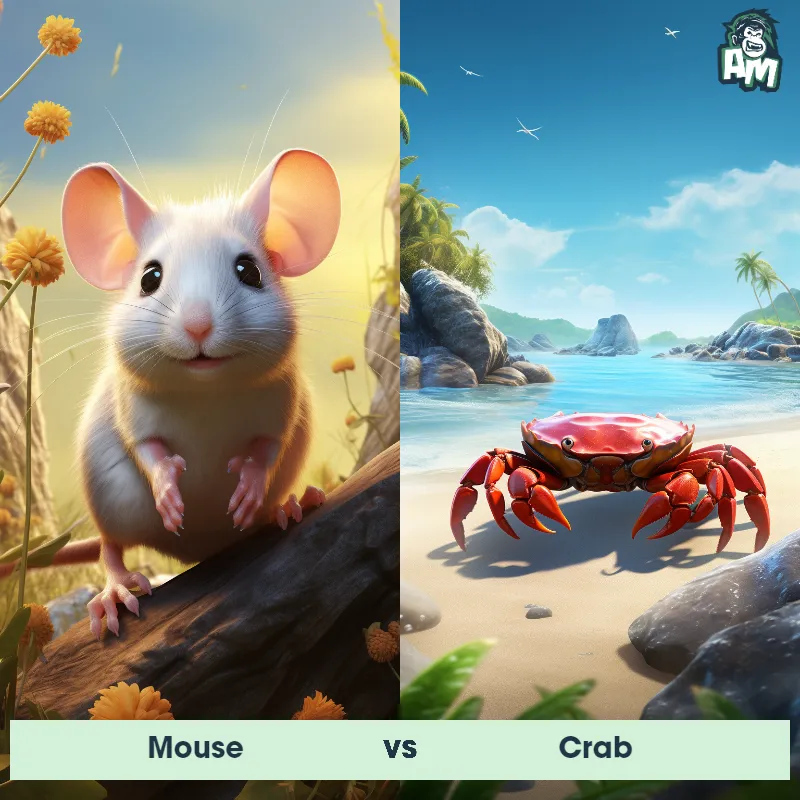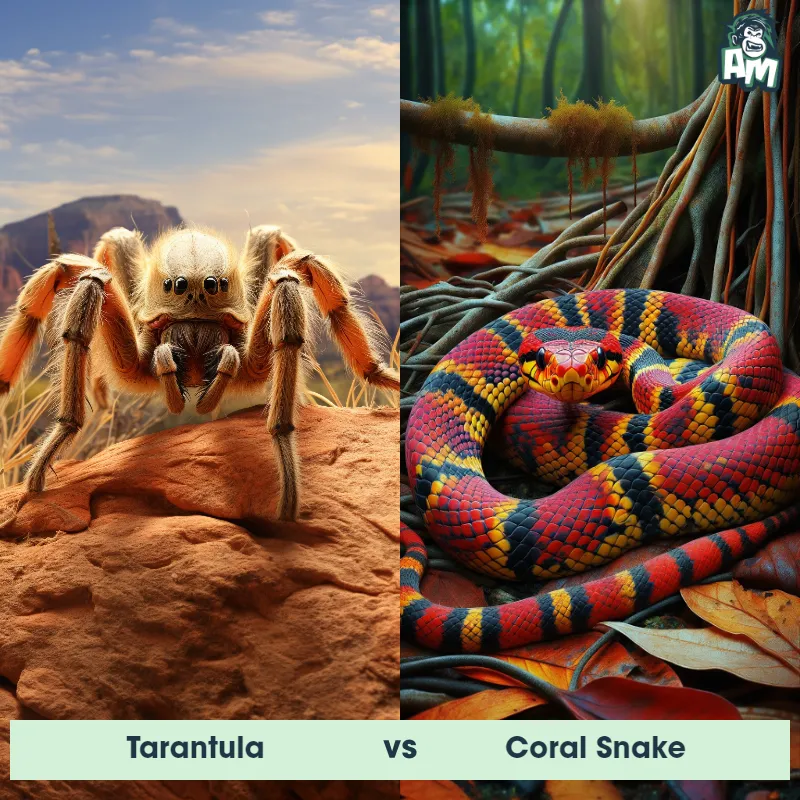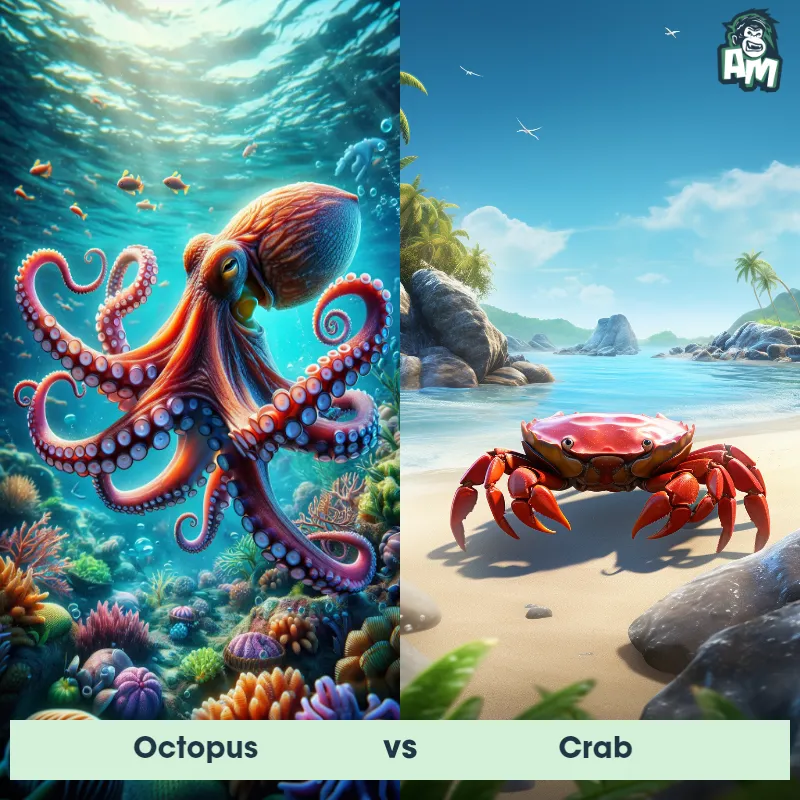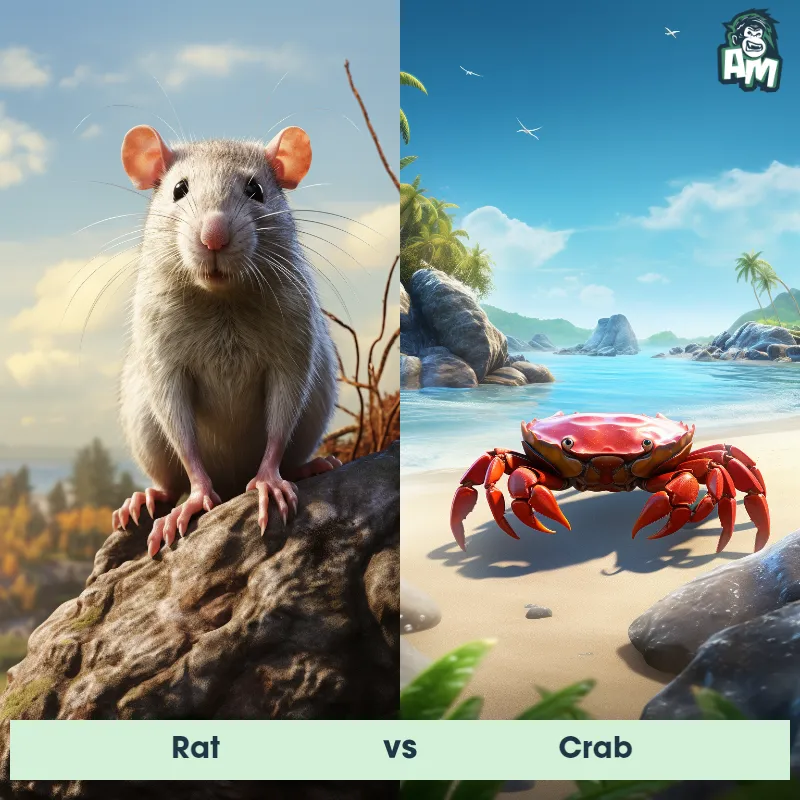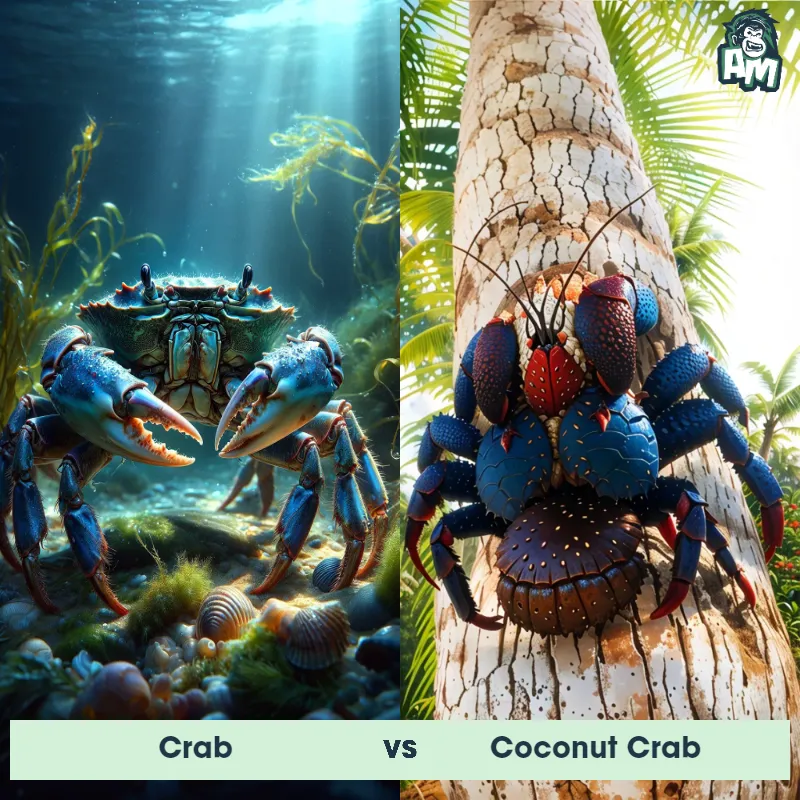Tarantula vs CrabSee Who Wins

Good evening, ladies and gentlemen! Welcome to an electrifying night of epic animal showdowns! Tonight, we have an intense battle between two fierce competitors. In one corner, we have an eight-legged, venomous predator—the Tarantula! And in the opposite corner, a tenacious crustacean armed with its sharp pincers—the Crab! These creatures have entered the arena tonight in their quest for dominance. Let's witness the relentless clash between these extraordinary creatures!
Contender 1: Tarantula
Tarantulas comprise a group of large, hairy spiders that are found in various parts of the world, predominantly in the tropics. They possess eight legs, two body parts (cephalothorax and abdomen), and are known for their pronounced fangs, which they use to inject venom into their prey. Despite their menacing appearance, tarantulas are generally not harmful to humans, as their venom is weaker than that of a typical bee.
Fun Fact: Tarantulas are known for their unique defensive tactic where they can flick off tiny, barbed hairs from their abdomen when threatened, which can irritate the skin or eyes of a potential predator.
Contender 2: Crab
Crabs are decapod crustaceans known for their characteristic thick exoskeleton and a pair of robust claws. They vary in size from the tiny pea crab, a few millimeters wide, to the giant Japanese spider crab, with a leg span of up to 4 meters. Crabs are typically found in the ocean, but some species are also found in freshwater or on land. Notably, crabs are known for their sideways walking, a motion that distinguishes them from other crustaceans.
Fun Fact: Crabs communicate with each other by drumming or waving their pincers, which is not just a sign of aggression, but can also be a part of their mating rituals.
Matchup Stats
| Tarantula | Crab | |
|---|---|---|
| Size | Up to 11 inches (28 cm) including leg span | Varies from a few millimeters to 13 feet (4 meters) leg span |
| Weight | Up to 3.5 ounces (100 grams) | Varies greatly, up to 44 lbs (20 kg) for the largest species |
| Speed | 1mph (1.6km/h) | 11 mph (18 km/h) |
| Key Strength | Venomous fangs | Robust claws |
| Biggest Weakness | Slow movement | Vulnerable when molting |
Current Votes
Tarantula vs Crab
See Who Wins
View More Matches
Looking For More?
Similar Matches
Scientific Stats
| Tarantula | Crab | |
|---|---|---|
| Scientific Name | Theraphosidae | Brachyura |
| Family | Araneae | Decapoda |
| Habitat | Various, predominantly in tropical regions | Ocean, Freshwater, Land |
| Geography | Worldwide, predominantly in the tropics | Worldwide |
| Diet | Insects, small birds, rodents, and lizards | Omnivores, eat algae, mollusks, bacteria, fungi, and small fish |
| Lifespan | 10 years - 25 years | 1 year - 100 years |
Key Differences between Tarantula and Crab
- Habitat: Tarantulas are primarily terrestrial, inhabiting diverse environments such as deserts, rainforests, and grasslands, while Crabs are mostly aquatic or semi-aquatic, living in coastal marine habitats or freshwater bodies such as rivers, lakes, and swamps.
- Body shape: Tarantulas have a bulky, rounded body with a larger cephalothorax (head and thorax combined), while Crabs have a flat, compact body with a distinct carapace that covers their cephalothorax.
- Hairiness: Tarantulas are covered in a dense layer of fine, hair-like setae, which can vary in color and length depending on the species, while Crabs have a smooth exoskeleton that can be patterned or rough but lacks the hair-like structure.
- Size: The Tarantula is typically larger than the Crab, with some species reaching sizes of up to 30 centimeters in leg span, while Crabs generally have a much smaller body size, ranging between a few centimeters to a few tens of centimeters.
- Legs: Tarantulas have eight long, hairy legs used for walking and grasping prey, whereas Crabs have ten jointed legs, with the front pair modified into pincers called chelipeds, used for grabbing and defense.
- Coloration: Tarantulas often display various colors and patterns, including shades of brown, black, and sometimes vibrant hues, which act as camouflage. In contrast, Crabs show a wide range of colors and patterns, depending on the species, for camouflage and species recognition.





